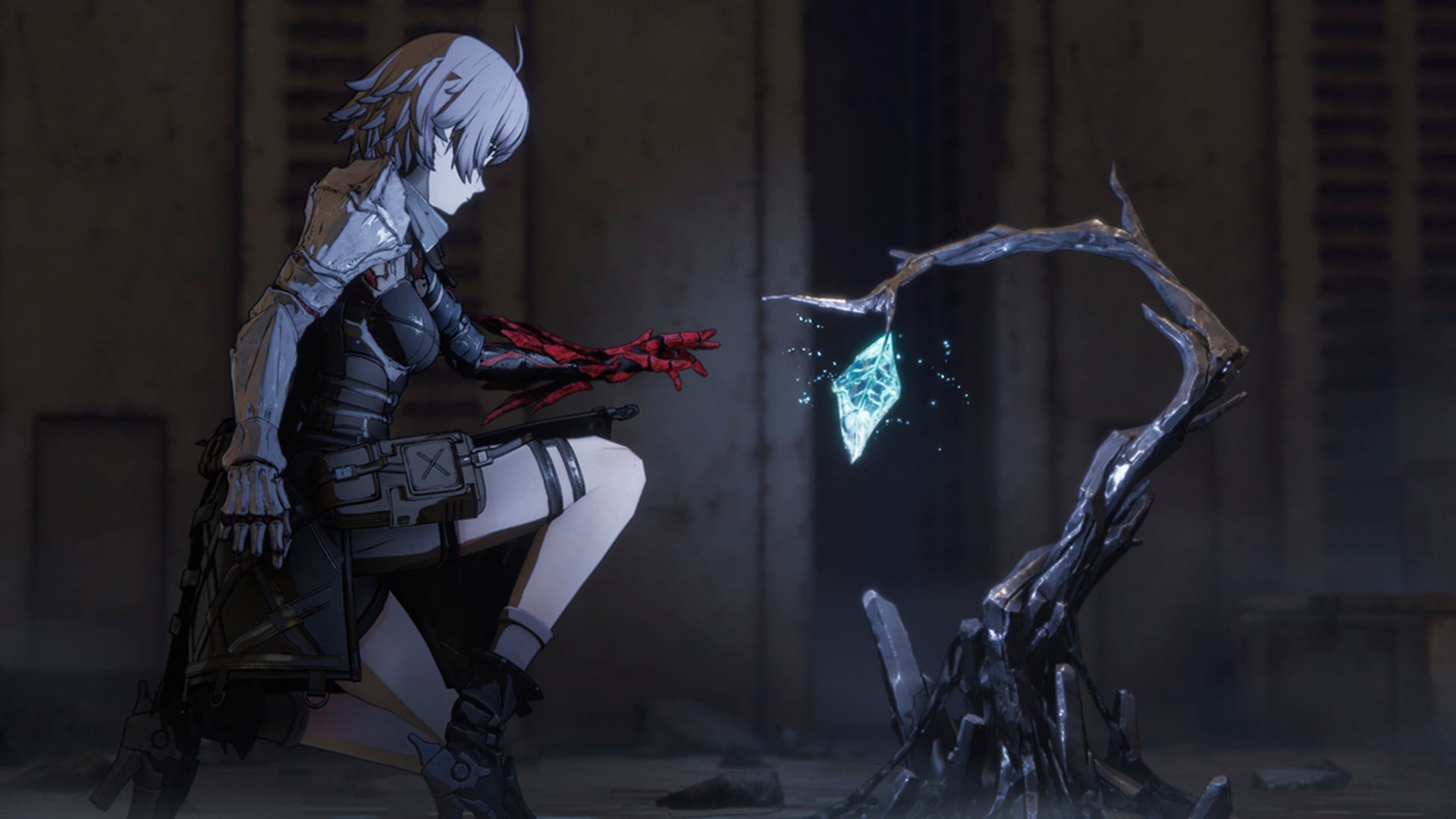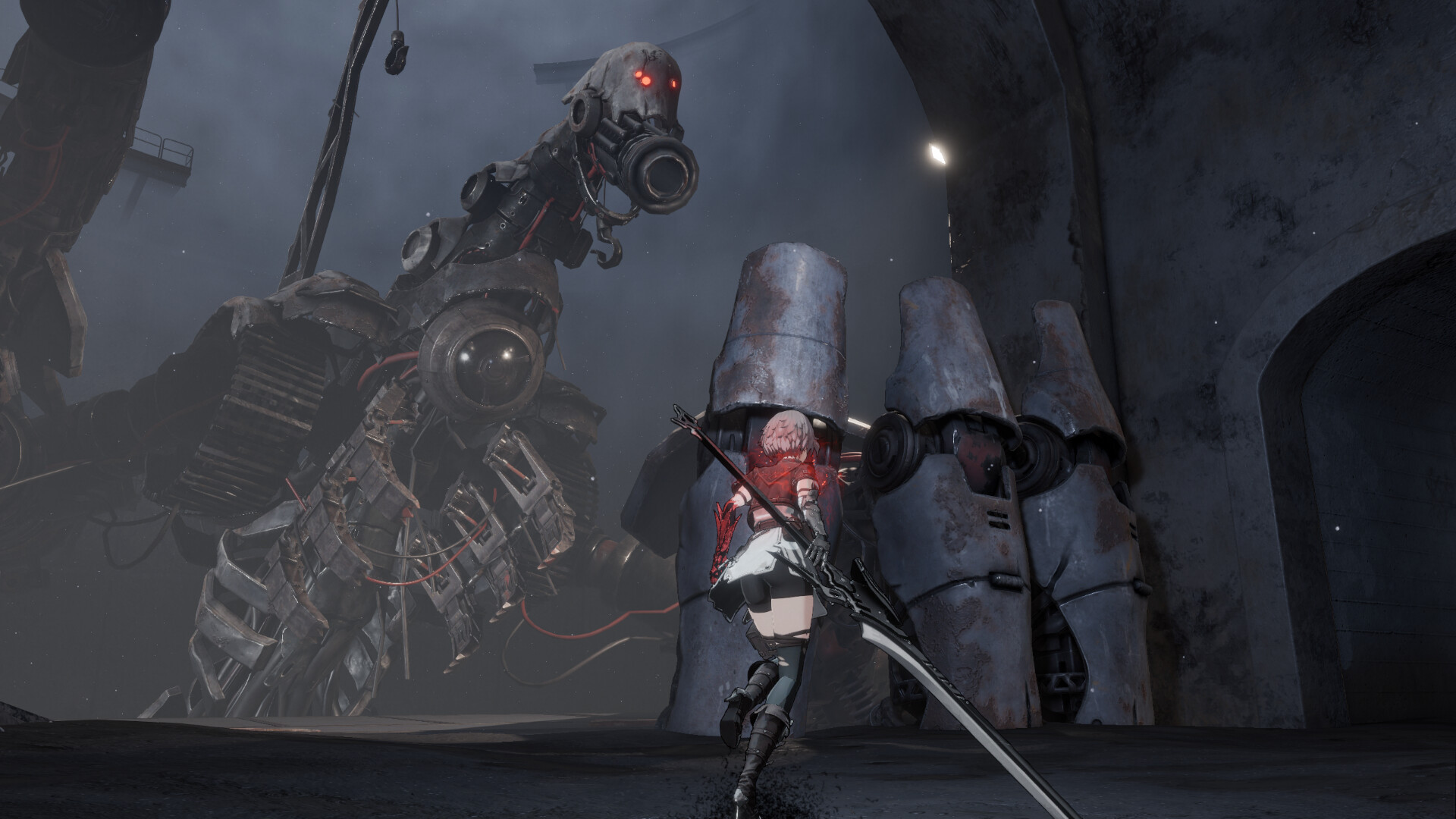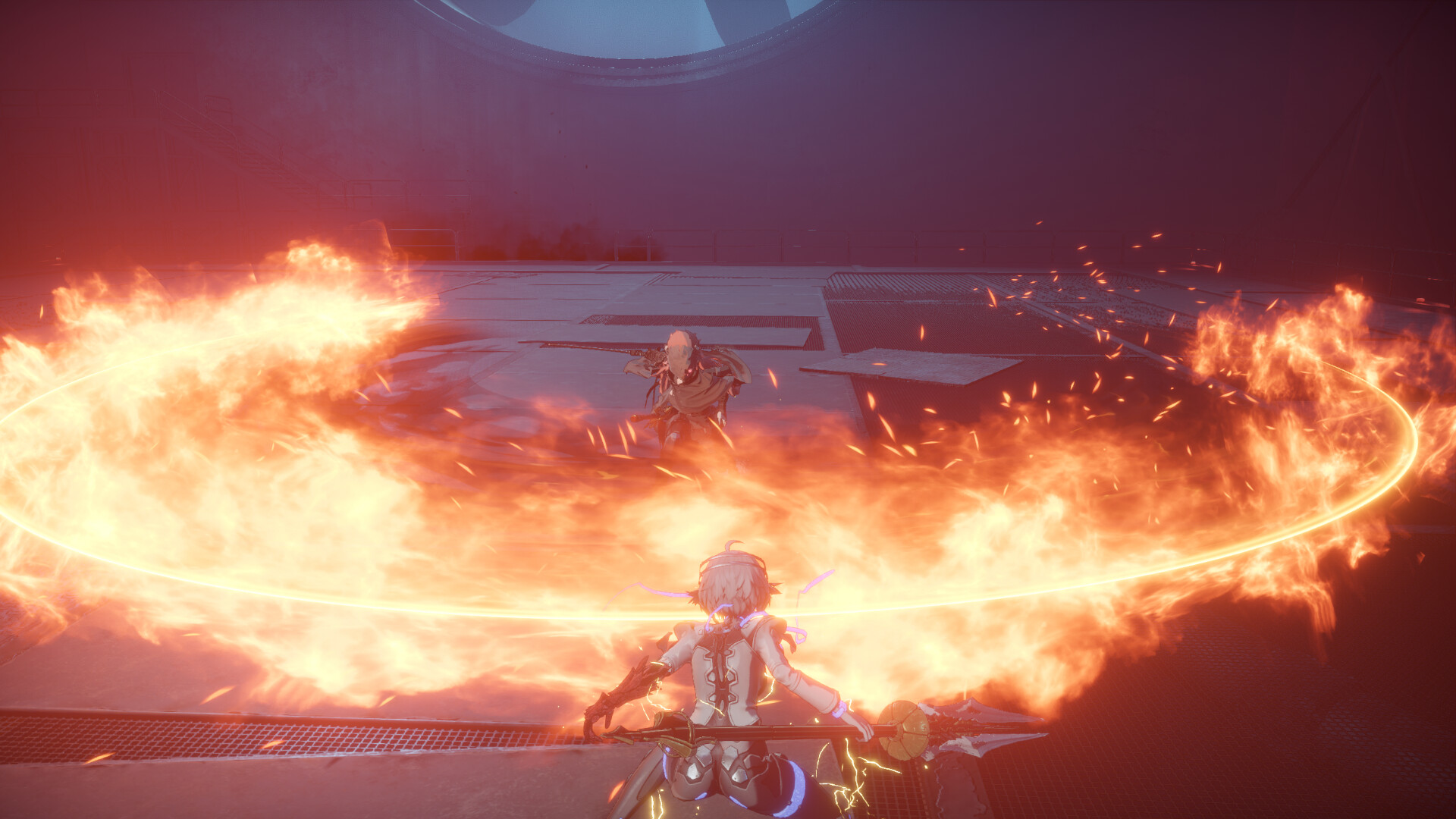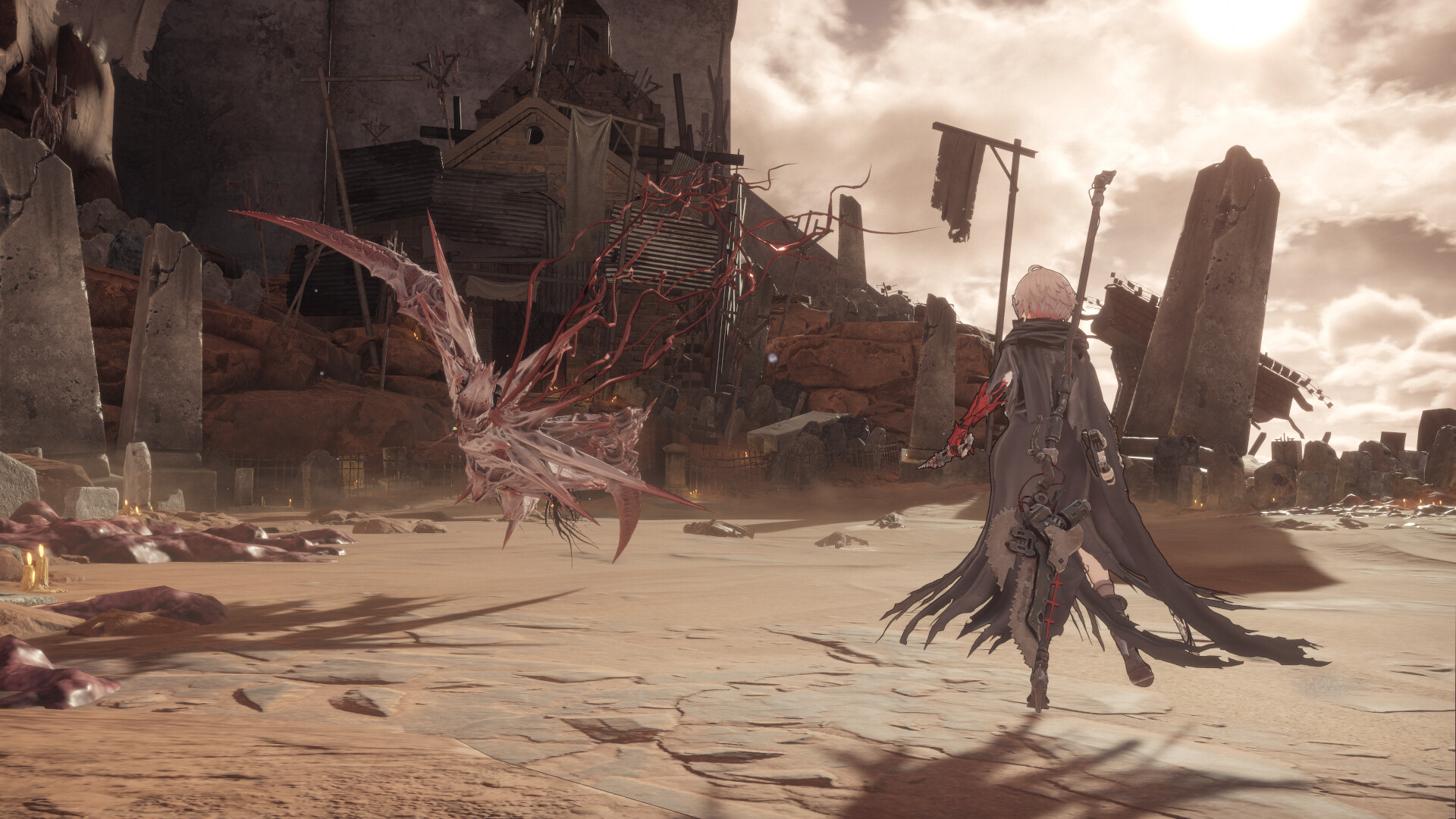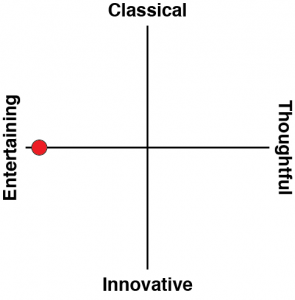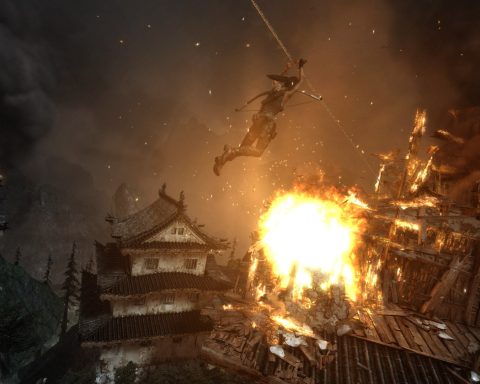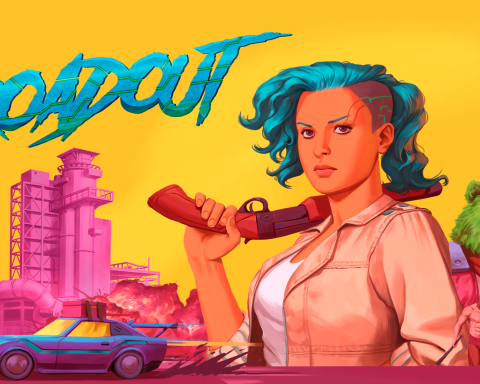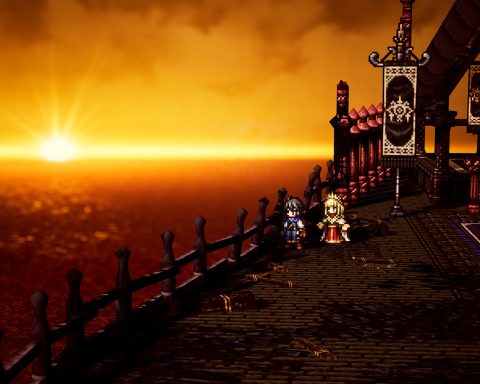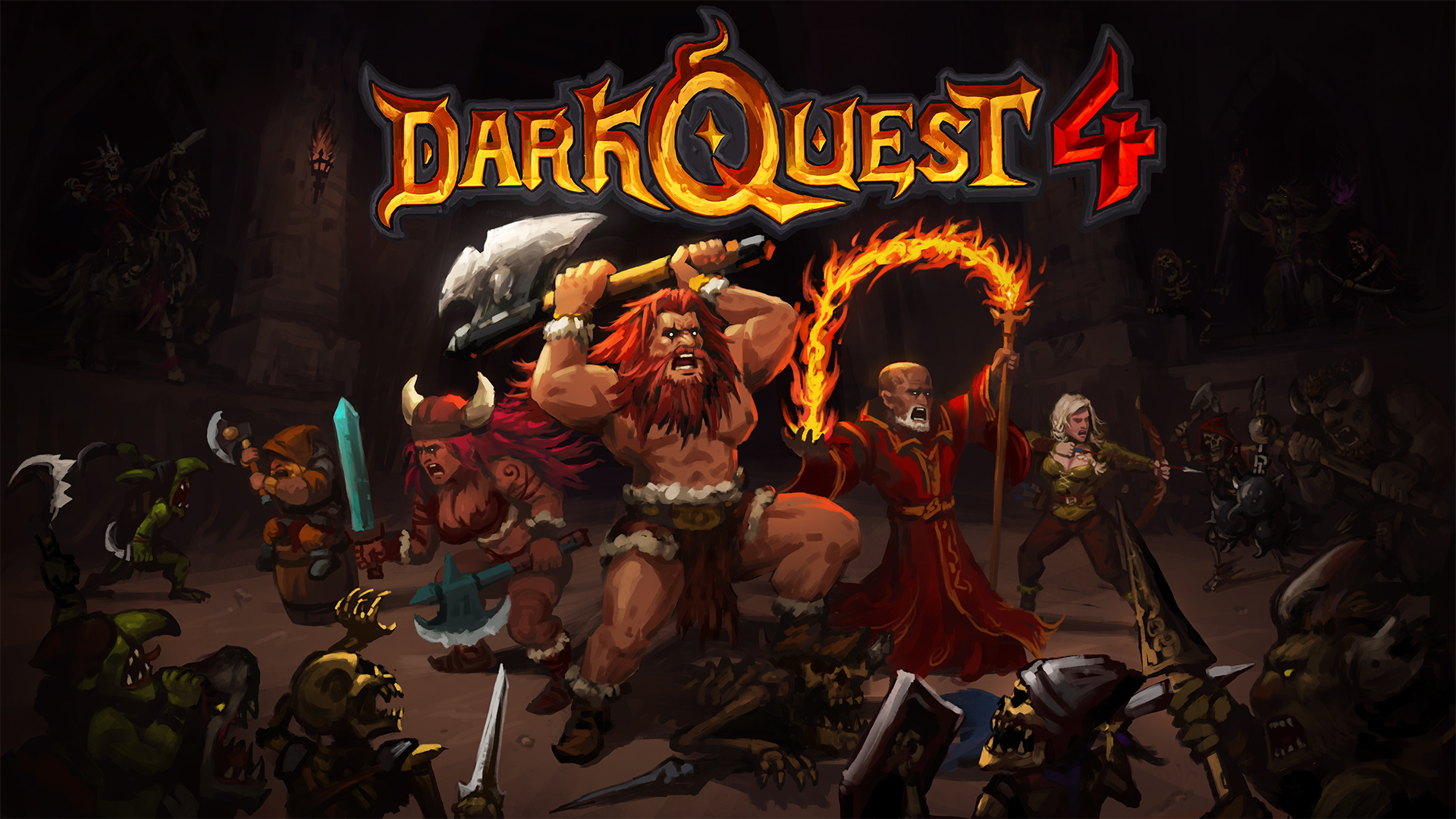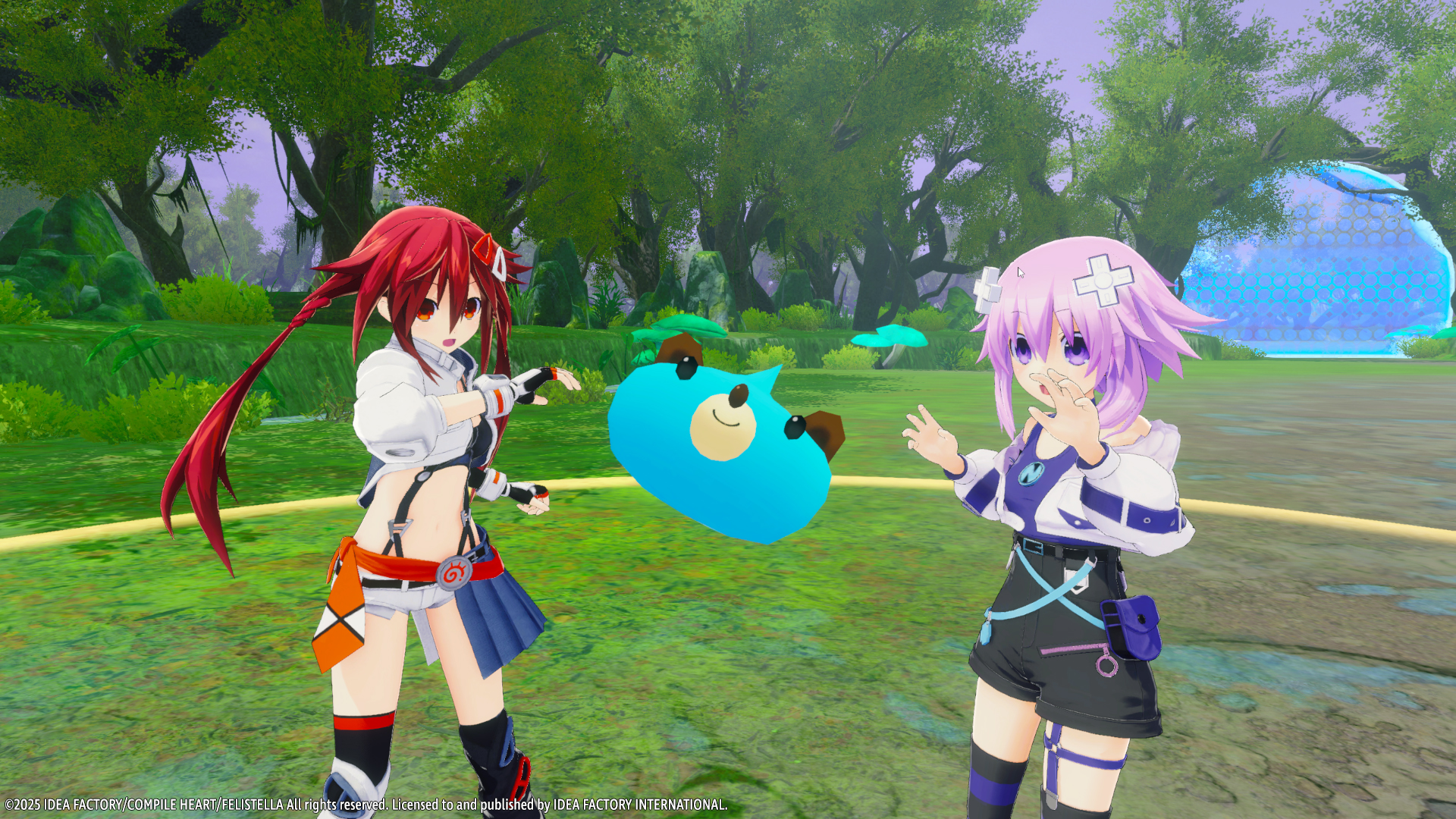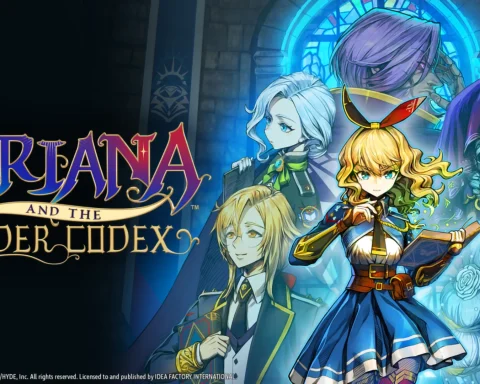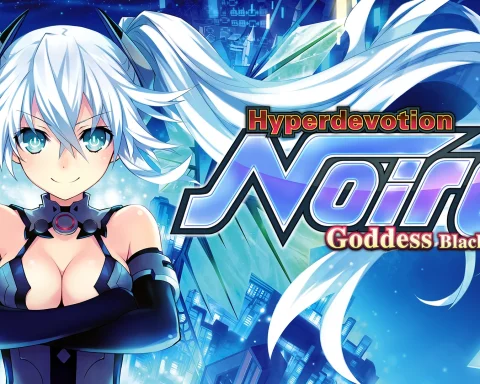I remain very impressed with any developer that takes a swing at a Soulslike. In fact, post-Elden Ring, I’m possibly even more impressed by the gonads it takes to try and develop one. This is a genre that is so overwhelmingly dominated by one company’s creative vision, and any other effort is going to be immediately compared to it. I certainly wouldn’t want to develop a game that’s going to be compared to Elden Ring. That’s nuts. And yet there is CE-Asia and developer, SenseGames, boldly stepping out with a Soulslike, and a protagonist blatantly inspired by NieR: Automata’s 2B.
As far as I can tell, AI Limit is SenseGames’ first project, and CE-Asia’s not overly credentialed in bringing new games to market (its publishing projects include what I assume are the Chinese market localisations of Wo Long, The Legend of Heroes and Ys X. I was, essentially, expecting a rookie effort, but I’ve actually been very surprised by the fastidious attention to detail that this developer has paid to getting the Soulslike right.
Exploring the world, for a start, is incredibly enjoyable. It’s a linear experience, but a labyrinthine one, winding you through a broad range of different challenges between each “bonfire” rest stop (in this case, branches). You’ll round into difficult enemies, tight spaces, deadly environments, swarms of enemies, ambushes and more, fully testing your mastery of the game’s various systems. At the same time, the developers like to tantalise you to try your luck with areas that seem almost out of reach, or alternative pathways that potentially hide good loot. I will say that the branches are perhaps just a tiny bit too far a part, making a death a more frustrating slog than it should be, but that’s splitting hairs.
A bigger issue is that the environmental cues are not quite as clear as I would have liked. Just like with most other Soulslikes, after working your way through an area for a while, there will be an opportunity to unlock a door, or drop a ladder, or similar, to allow you to backtrack more easily in the future. I missed a couple of those during my playthrough because they weren’t as signposted as clearly as I wanted them to be (in one instance, I walked past a door on three separate occasions before realising that it was the other side of a locked door near a branch). In another instance, I didn’t realise that a box-like machine object was, firstly, interactable, and, secondly, a shop. I like to think of myself as a fairly careful player in Soulslikes, so if you tend to move more quickly through, you might want to tell yourself to stop and take proper stock of the environment frequently as you play.
But perhaps all of that is just on me, and as I said, I enjoyed the exploration and level design a lot despite those issues. A more universal issue that I think most people will take away from AI Limit is the narrative, which is not terrible but also not overly present. You play as an android robot warrior (again, heavily referencing Yoko Taro’s visionary NieR: Automata), who finds herself in an apocalypse where people eat toxic mud to survive and everything, living and organic, wants to kill you.
Cribbing from the Miyazaki school of storytelling, you’ll piece together what’s really going on as much from little environmental cues as the cut scenes and dialogue, though it’s handled with nowhere near the maddeningly intricate layers that have caused people to write PhD-worthy theses on the narrative. AI Limit pales in comparison to that. What’s there is not terrible, and is even atmospheric at times, it just hasn’t got much to say.
On the gameplay side of things, AI Limit does show some personality of its own. Its major differentiating quirk is the Sync Rate system, which rewards you for playing well, avoiding damage and striking down enemies with a boost to damage. If you start getting hit by enemies, however, the sync rate declines, making things even tougher. This is an excellent feature that recalls the very first Soulslike, Demon’s Souls. That game had a “tendency” system where the game actually got more difficult by dying. Punishing poor play and mistakes is a great way to get the hands sweaty, and this Sync Rate system does AI Limit many favours.
Unfortunately, the game itself is a little too easy, with enemies that are a little too easy to read and repetitive in their behaviour. It’s fast – some of the enemies can move around with incredible speed – but it’s structured to be generous with the required timing windows. Even the bosses lack a certain intensity when compared to some others in the genre. About the only thing that makes AI Limit challenging is the somewhat unresponsive dodge and shielding mechanics, which effectively force you to focus on learning the parry instead. Thankfully (as someone who has never enjoyed parrying mechanics that much), the windows for parries in AI Limit are also very generous.
There are some other neat features. You’re able to unlock and then switch between four separate special powers, which would have incredible potential if the combat were challenging and varied enough to really test your ability to cycle through them. There are also one or two really memorable moments with some bosses and enemies (the giant robot, which mechanically replaces the role of the first big dragon you run into in the original Dark Souls, is a particular highlight, as you’ll need to dodge his attacks while dealing with weaker swarms and also slowly dismantling his power source).
The developers really tried with an exceptionally difficult genre. AI Limit won’t be remembered alongside FromSoftware or Koei Tecmo’s work in the genre, but it’s also by no means a poor effort. It’s like the work that a student who really understands the source material produces. It might only be a shade of the master’s work, but you can’t help but hope they get another swing at it, because they’re on the cusp of breaking out and carving out something brilliant with its own identity.
